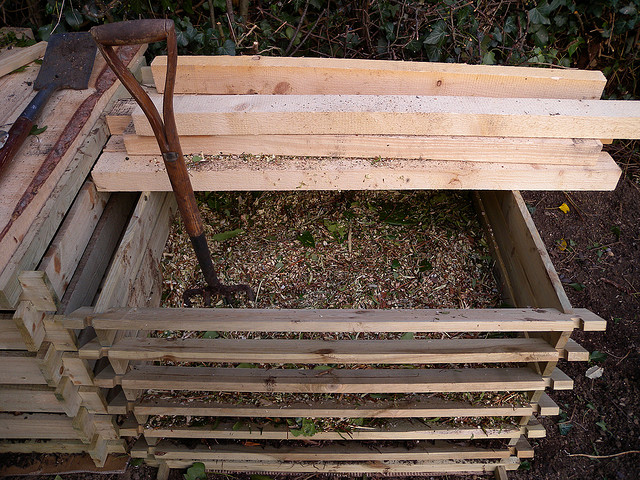Terms like going green and reducing one's carbon footprint are part of the everyday vernacular.
Ironically, one way that people can be part of this increased focus on eco-friendly behavior is by learning about and using a process that has been around for decades—composting.
Why Compost?
If you add compost to your garden, the soil improves, according to The Garden of Oz. This leads to healthier and more productive plants. Composting saves literally tons of fallen leaves, clippings, vegetable peelings and other waste from being dumped in a landfill. For example, more than 30 million tons of food is thrown away each year, according CNN. Cutting food waste in half would reduce the nation’s carbon footprint by more than 25 percent.
While some think composting involves a lot of time, work, space, and expense, there are a wide variety of easy ways to do it. Some small composting containers can fit on patios, while larger bins handle all of the grass clippings that walk-behind lawn mowers leave behind.
The Garden of Oz suggests two main varieties of composters: open bins and containers.
Open Bins
These are typically made out of wood, recycled plastic or chicken wire. Because they are open, they can easily collect rain water and they are convenient. They don’t have to balance a big pile of potato peelings in one hand while opening a lid with the other. Of course, this easy access does mean that bugs and rodents can also get into the compost readily, and a downpour can make the materials too soggy. Open bins can vary greatly in size, from a small container that sits off to the side on a balcony or small yard to one that is much larger.
[caption id="attachment_10854" align="aligncenter" width="640"]
 Here's an example of an open bin compost. Photo by Andy Carter.[/caption]
Here's an example of an open bin compost. Photo by Andy Carter.[/caption]Closed Containers
A closed compost container is usually shaped like a box or a drum that rotates. Thanks to the lids or drum design, pests are typically not an issue. The container may look a lot nicer than an open bin with all of the compost exposed. A rotating drum is typically easy to turn, which makes mixing compost a breeze, and they are also a snap to unload.
Disadvantages of closed compost containers include: you have to water them and the compost stored inside an upright container can be unwieldy to mix properly. Like the open bins, closed containers come in a variety of sizes, so people can compost as much or as little as they like.
No matter what size or shape composter, know what can and cannot go inside of it. There are certain things you use in a compost. Coffee grounds, fruit and veggie scraps, grass clippings and dry leaves are some of the many things that make for great compost. Meat, eggs, bones, pet waste and diseased plants should never be placed into the composter.
Recommended Comments
Join the conversation
You can post now and register later. If you have an account, sign in now to post with your account.